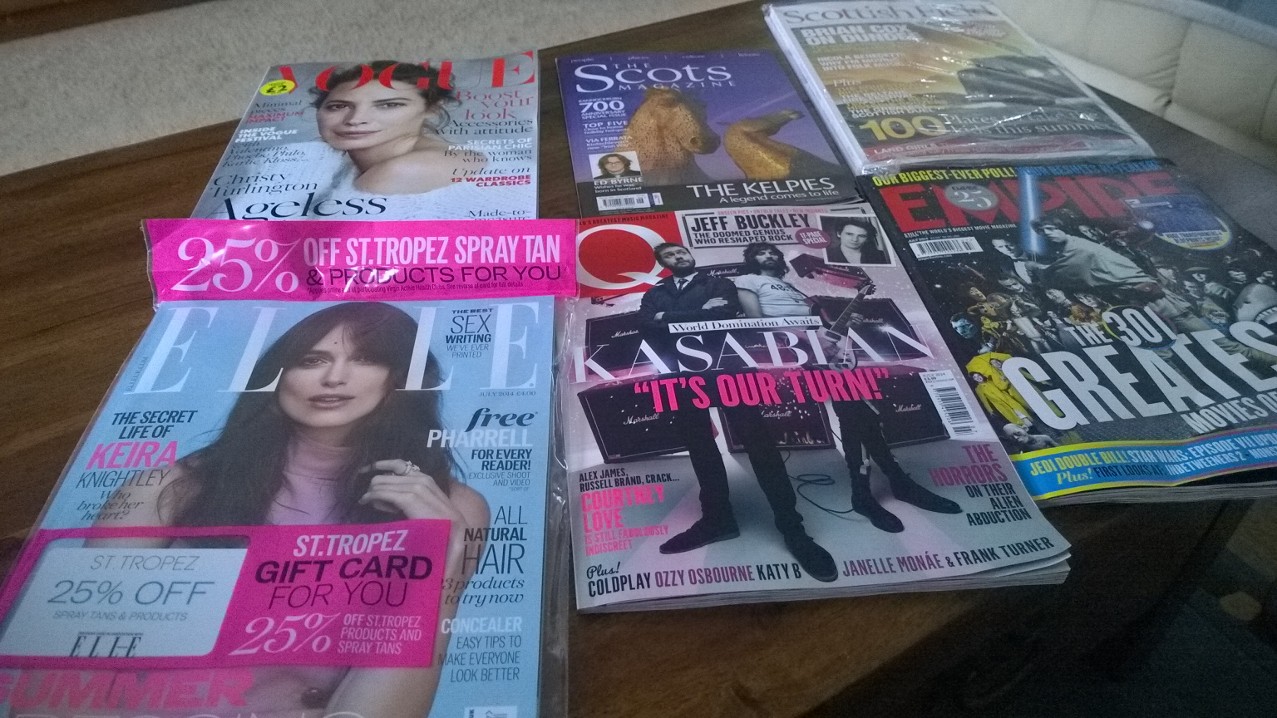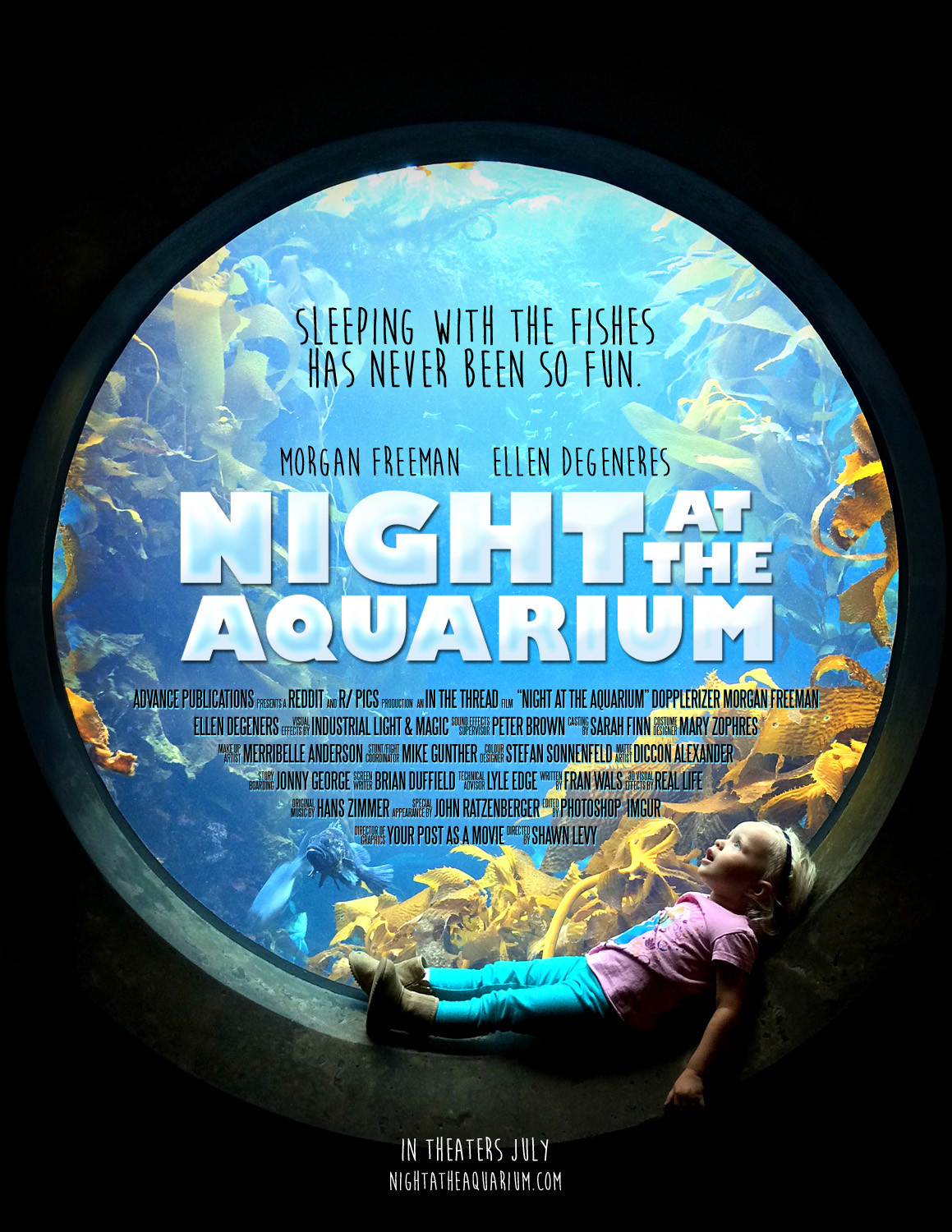Some of our young people will shortly be submitting their reports for others to read.
The BBC Journalist Rachel Coburn worked with interested parties on Monday 20th and Tuesday 21st of February.

Cumnock Media Class
Wednesday 25 June 2014
”
SCOTLAND should establish a national film school to rival those in England and abroad, the Edinburgh International Film Festival will be told today.
In a key address to the festival (EIFF), Dr David Archibald, of the University of Glasgow, will say that the Scottish film industry also needs to have its own dedicated agency, and that there is a "disconnection between talent and infrastructure" north of the border.
Scottish film has not had its own dedicated agency since Scottish Screen was merged with the Scottish Arts Council to form Creative Scotland in 2010 and Dr Archibald, a lecturer in film and television studies, will say the present funding situation is a "muddle".
He will also say, in the Forsyth Hardy Lecture, that young and emerging talent would benefit from a dedicated film school which would draw from the knowledge and courses currently being taught at institutions such as Screen Academy Scotland at Napier University, courses at Glasgow, St Andrews and the University of the West of Scotland.
Dr Archibald said: "Instead of having the ambition to have a Scottish Film School which could compete not only with London but internationally, there is a political fear of creating another national institution…”
A teen influencing others with her own online magazine.
https://www.ted.com/playlists/86/talks_to_watch_with_your_kids?utm_medium=on.ted.com-twitter&utm_content=awesm-publisher&utm_campaign=&utm_source=t.co&awesm=on.ted.com_pwVg
http://www.rookiemag.com/

Celebrate Ayrshire – green and gold – connotations of health, nature, luxury.
Note how the elongated A which begins Ayrshire also links with “celebrate” and draws attention to “Ate” linking food, celebration and location. The dot above the I becomes a firework and is the only other colour apart from the deliberately chosen blank space (negative space) of white. Why white and not black? The colours might have looked bolder against black so why was white chosen? Is it more summery? Will it be changed to black later on in the year? Sans serif font. The “A” almost looks like a 4 – is it suggesting 2014? So many connotations in one little logo. Is the “C” a snake’s head, evocative of some monster? Can you be this clever? Of course you can!
When a media text is being planned, perhaps the most important question the producers consider is “Does it have an audience?” If the answer to this is ‘no’, then there is no point in going any further. If no one is going to watch/read/play/buy the text, the producers aren’t going to make any money or get their message across. Audience research is a major part of any media company’s work. They use questionnaires, focus groups, and comparisons to existing media texts, and spend a great deal of time and money finding out if there is anyone out there who might be interested in their idea.
It’s a serious business; media producers basically want to know the
of their potential audience, a method of categorising known as demographics. Once they know this they can begin to shape their text to appeal to a group with known reading/viewing/listening habits.
One common way of describing audiences is to use a letter code to show their income bracket:
| A | Top management, bankers, lawyers, doctors and other highly salaried professionals |
| B | Middle management, teachers, many ‘creatives’ eg graphic designers etc |
| C1 | Office supervisors, junior managers, nurses, specialist clerical staff etc |
| C2 | Skilled workers, tradespersons (white collar) |
| D | Semi-skilled and unskilled manual workers (blue collar) |
| E | Unemployed, students, pensioners, casual workers |
They also consider very carefully how that audience might react to, or engage with, their text. The following are all factors in analysing or predicting this reaction.
| AUDIENCE ENGAGEMENT | This describes how an audience interacts with a media text. Different people react in different ways to the same text. |
| AUDIENCE EXPECTATIONS | These are the advance ideas an audience may have about a text. This particularly applies to genre pieces. Don’t forget that producers often play with or deliberately shatter audience expectations. |
| AUDIENCE FOREKNOWLEDGE | This is the definite information (rather than the vague expectations) which an audience brings to a media product. |
| AUDIENCE IDENTIFICATION | This is the way in which audiences feel themselves connected to a particular media text, in that they feel it directly expresses their attitude or lifestyle. |
| AUDIENCE PLACEMENT | This is the range of strategies media producers use to directly target a particular audience and make them feel that the media text is specially ‘for them’. |
| AUDIENCE RESEARCH | Measuring an audience is very important to all media institutions. Research is done at all stages of production of a media text, and, once produced, audience will be continually monitored. |
Audience reaction to even early versions of a media text is closely watched. Hollywood studios routinely show a pre-release version of every movie they make to a test audience, and will often make changes to the movie that are requested by that audience. (Via mediaknowall.com)

Who are the target audiences for these products? How could you tell just from the front cover?

Note the following:
Use of colour to convey meaning
Eye catching image
Use of font sizes and type faces to draw the reader (you) in
Institutional factors: company identification, use of stars in fake movie
Sense of awe
Use of tag line
Comparison with popular movie franchise (sequel?)
“Fun”
The redditor who made this uses other people’s photos to turn them into movie posters. (S)he does it for fun. Remember this is not official “mass media” because although it reaches the masses (s)he isn’t being paid for it, yet. You could do something similar for your assignment but using your original image and with the right research and responses you would be well on your way to getting a good mark for Nat 6/Nat 5.
If you use reddit, look them up under their name Your_Post_As_A_Movie.
Section 1 AdvertsAdvertising is:
• A message from vendor (seller)/manufacturer (maker) to consumer
• Intended to give information which will influence consumer choice
• Aimed at a known audience (target)
• Paid for
Brands
A brand is distinguished immediately by its name and/or a symbol (eg the Nike swoosh, the Adidas three stripes). Brand Identity is created by using the following:
1. Brand Essence – a way of summing up the significance of the brand to stockholders and consumers alike of the brand in one simple sentence
2. Brand Slogan – a public way of identifying the brand for consumers – often associated with a logo
3. Brand Personality – marketeers can describe their brand as though it were a person, with likes and dislikes and certain behaviour
4. Brand Values – what does it stand for/against?
5. Brand Appearance – What does it look/sound/taste like?
6. Brand Heritage – how long has it been around? does it have customers who have been loyal to it for many years?
7. Emotional benefits – how it avoids/reduces pain or increases pleasure
8. Hard benefits – bigger? better? cheaper? washes whiter?
Task 2 Identify at least 15 of the 20 brands in the example on the sheet your teacher will give you.